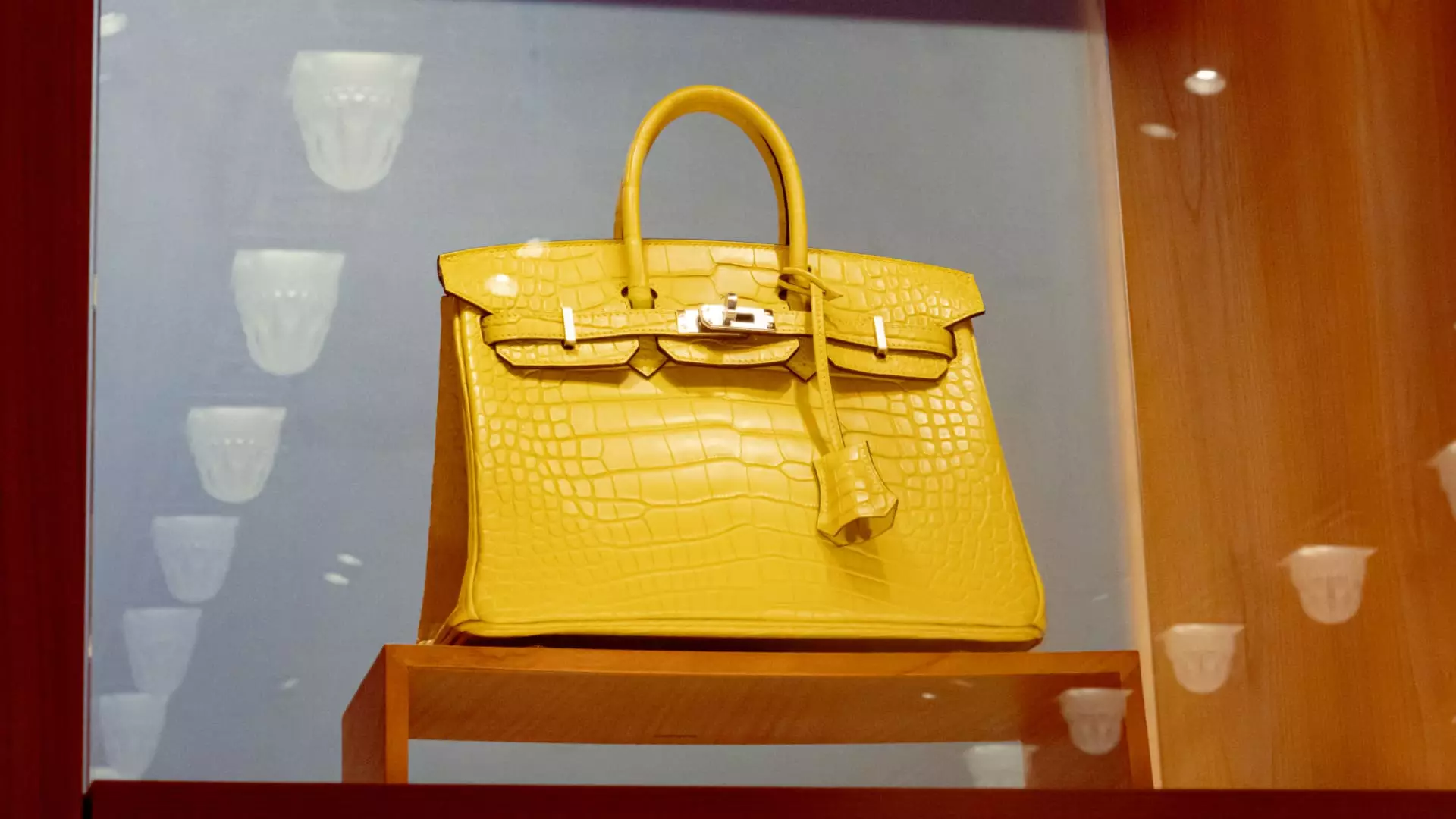Hermès, the prestigious haute couture fashion house, has recently revealed strong financial results for the fourth quarter, showcasing a remarkable resilience amidst the fluctuating luxury market. The company reported a 17.6% increase in sales at constant exchange rates, bringing revenues to an impressive 3.96 billion euros ($4.15 billion) for the last three months of the year ending December 31. Analysts had anticipated revenues of 3.69 billion euros, making this performance a pleasant surprise for investors and stakeholders alike.
The full-year results were equally stellar, with Hermès achieving a year-on-year revenue growth of 14.7% at constant exchange rates, totaling 15.2 billion euros. This exceeded forecasts of 14.94 billion euros, further solidifying the brand’s position at the forefront of the luxury goods landscape. Following the announcement, Hermès shares experienced an uplifting 4.19% increase shortly after the London market opened, reflecting investor confidence in the brand’s ongoing success.
One of the key elements of Hermès’ success lies in its ability to maintain exclusivity and allure—the brand has skillfully sidestepped the downturn that many competitors face. As luxury brands grapple with intensified pricing pressures and a perceived lack of innovation, Hermès continues to draw loyal customers who remain undeterred by economic fluctuations. Executive Chairman Axel Dumas highlighted this customer loyalty as pivotal in bolstering sales amidst a challenging economic environment.
In a statement, Dumas remarked on the company’s strong results, emphasizing the “agility of the house’s teams” as a crucial factor in navigating these uncertain waters. With 2024 looming, he acknowledged the broader economic and geopolitical challenges but remained optimistic about leveraging Hermès’ robust operating model to sustain growth. This forward-looking perspective is integral for both investors and consumers alike, as the brand seeks to foster continued enthusiasm in the luxury sector.
Sales growth for Hermès was not limited to one region but was distributed broadly across many markets. Notably, the Asia-Pacific region (excluding Japan) registered a commendable 9% year-on-year increase despite reports of stagnation in the Chinese luxury market. This resilience signals a potential shift in consumer behavior in these emerging markets, where brand loyalty is becoming increasingly important.
Furthermore, Hermès’ leather goods and saddlery segment, accounting for nearly half of the company’s revenues, outperformed expectations with a staggering 21.7% growth in the fourth quarter. The success of this segment underscores the brand’s ability to innovate and adapt while still preserving traditional craftsmanship, which remains a hallmark of Hermès’ identity.
As Hermès charts its course into 2025, it remains committed to amplifying revenue growth, although precise forecasts were not disclosed. The company’s consistent performance amidst sector challenges speaks to its unique positioning in the market. Dumas’ assertion that it is premature to identify a significant turnaround in the wider luxury industry suggests that Hermès is prepared to confront whatever challenges the future may hold. With confidence and a proven track record, Hermès seems poised to continue its legacy of luxury while navigating a complex economic landscape.

Leave a Reply